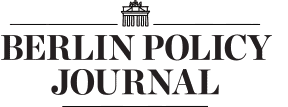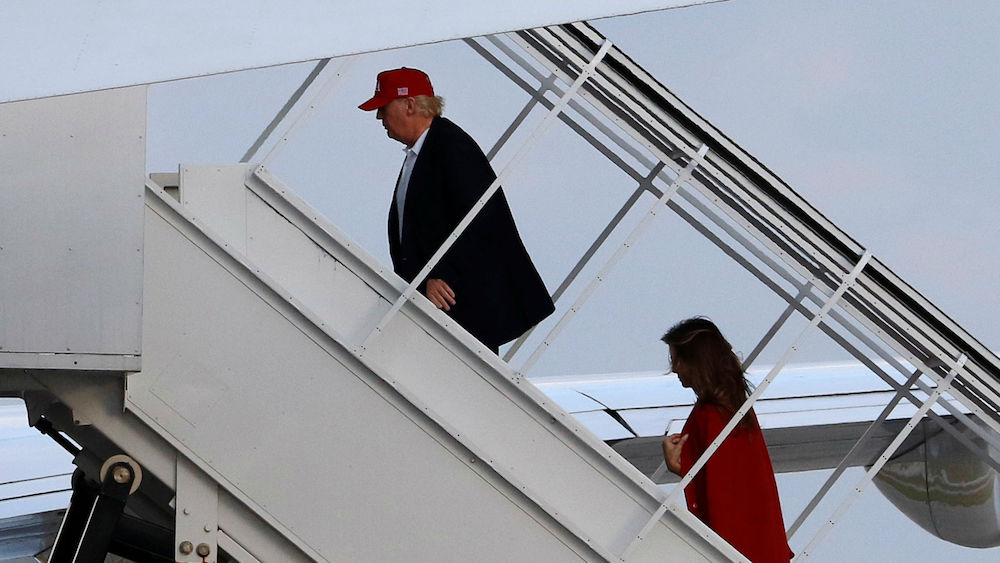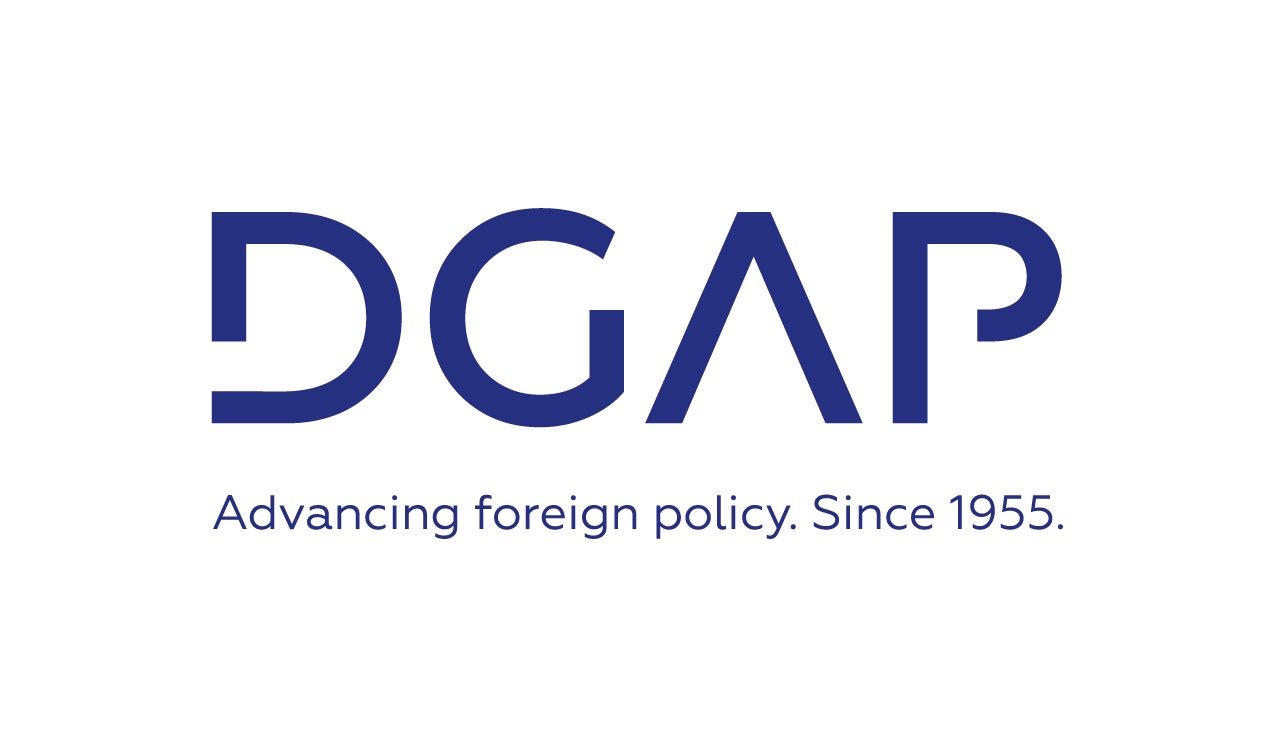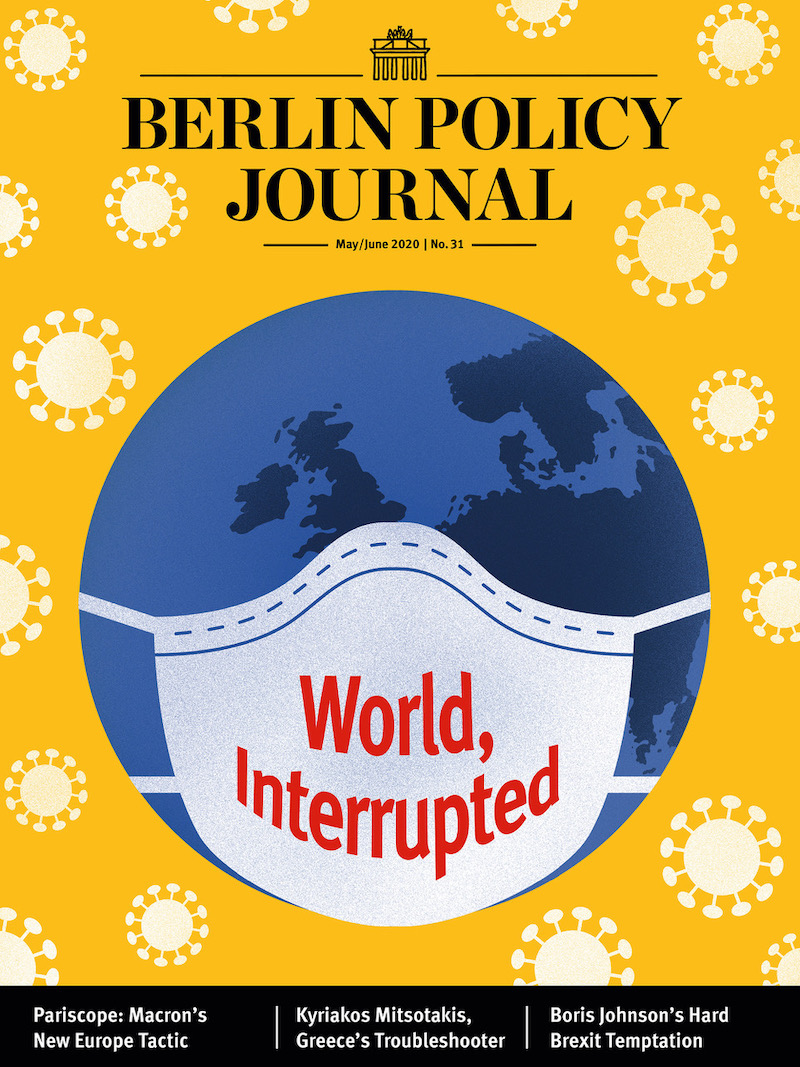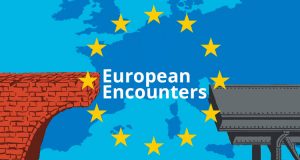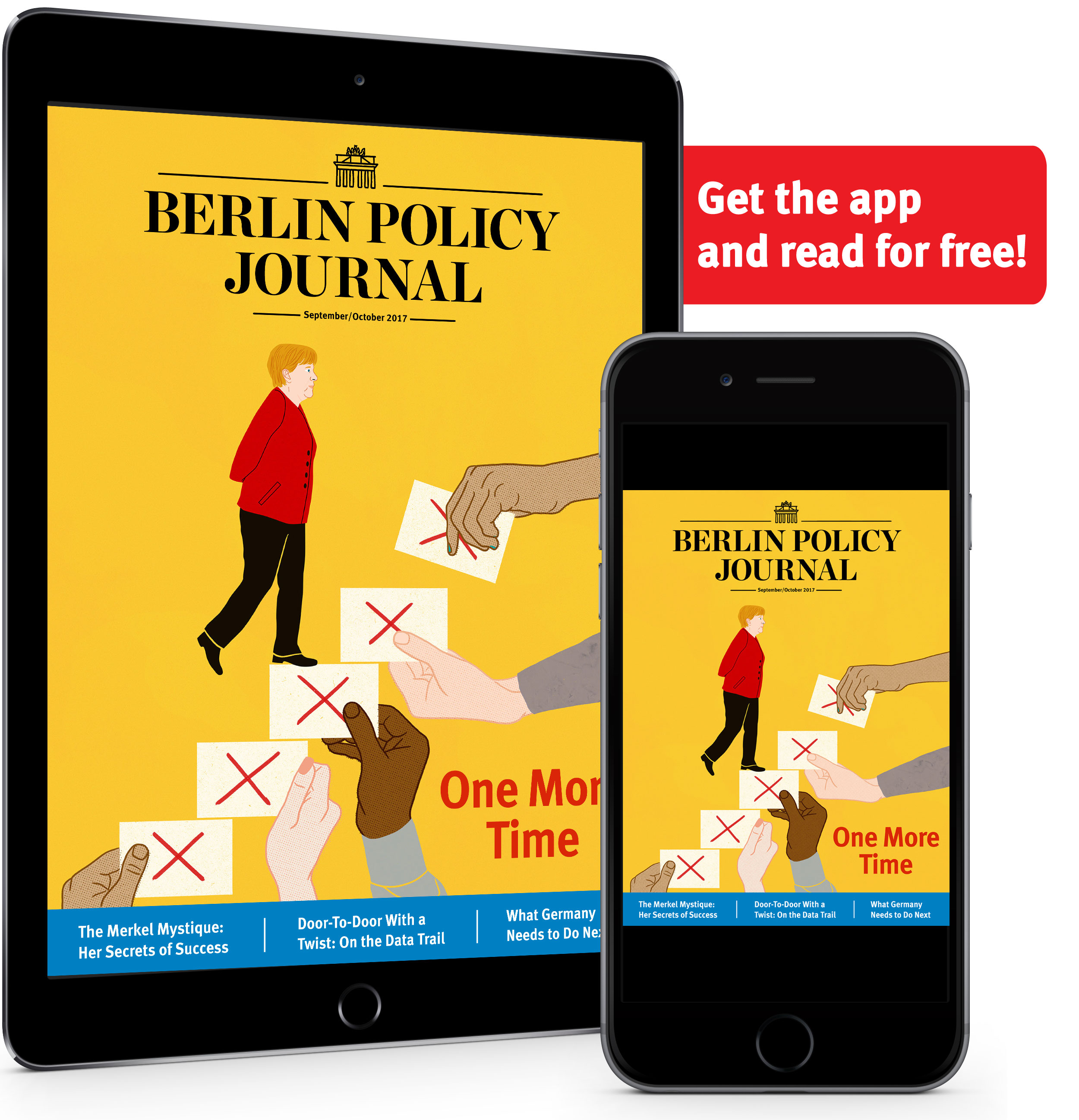The election of Donald Trump is a clear sign that Americans are no longer willing to continue underwriting the post-1945 world; the president-elect seems to see it in zero-sum terms. It’s time for Europeans to invest in their own strength and make the case that upholding the liberal order is in Washington’s interest, too.
When German Chancellor Angela Merkel decided in early 2013 to build a joint European front against Russia’s aggression in Ukraine, she was aiming to defend what she saw as key political achievements of the 21st century. In a speech to the German parliament, she contrasted globalization with old-fashioned geopolitics that, in her view, drove Russian action. She pointed to major steps forward, including political integration, a culture of compromise, and peaceful reconciliation of interests. But she also lamented a „conflict over spheres of influence and territory, which we rather associate with the 19th or 20th century.” Russia, she concluded, valued “the right of the more powerful against the power of right.” And for the chancellor, that was unacceptable.
Merkel was determined to resist this assault against the liberal international order. Together with Washington and Paris, Berlin was the leading force in shaping the West’s response to Russian aggression in Ukraine. Economic pressure and diplomacy, in tandem with Ukraine’s military defense, was able to halt the Russian military advance and granted Ukraine a window of opportunity to build a functioning state that could better resist Russian demands. A surprisingly united West managed to reassert some fundamental principles of the liberal international order: might does not make right; smaller states have an equal right to sovereignty; unprovoked use of force against other states and annexing their territory is not acceptable behavior.
True, the West didn’t manage to restore Ukraine’s territorial integrity, nor did it intervene militarily. The fear of escalation with Russia was too high. But European and transatlantic unity against Russian aggression appeared to confirm Merkel’s view that globalization had swept old-fashioned geopolitics aside. After all, China didn’t support Russia, and Belarus – considered to be part of Moscow’s sphere of influence, – was openly critical of the Kremlin’s actions in Ukraine.
But the election of Donald Trump has put this worldview in serious danger. Judging by his campaign statements, America’s president-elect doesn’t seem to value the US-led liberal post-war order. It was a system constructed to prevent the kind of brutal power politics that led Europe into the abyss in the 1930s, when great powers – Nazi Germany and the Soviet Union – attacked peaceful neighbors and redrew maps at their wish.
For Trump, this liberal world order is a burden. He sees allies as countries that have outsourced defense to America without giving anything substantial in return. Trade agreements are not instruments to strengthen friends and weaken enemies; they are simply “bad deals” undercutting American workers. Trump looks at America’s relationship with the world from the perspective of a businessman, ignoring the context of history and politics. He fails to understand US global engagement as a long-term investment in regional and global order. For Trump, it’s a zero-sum game between domestic and foreign policy.“ Americanism, not globalism will be our credo,” he, said during the campaign.
Great Power Condominium
Meanwhile, Trump’s victory even inspired Henry Kissinger’s biographer, Niall Ferguson, to lay out a blueprint for a new world order. In an essay for the magazine American Interest, he recommended a “great power condominium” whereby China, Russia and the US divide the world into spheres of interest. Ferguson admitted that “the rest of the world would be the losers” of such an arrangement.
The Kremlin is probably delighted that Ferguson included Russia in his plan. Vladimir Putin’s aggressive foreign policy is partly aimed at catapulting Russia into the global top league. And Moscow has pursued that aim by trying to regain control over the post-Soviet neighborhood and grow influence in Central Europe and the Middle East. Kremlin-linked Russian experts and some Western “realists” have tried to portray Russia as a normal power, pursuing a realpolitik approach.
But classic realpolitik is based on rules and alliances, and it’s underpinned by economic strength. Russia under Putin has demonstrated disregard for international rules and institutions. And it lacks true allies that support Russian foreign policy. Moreover, Russia is currently ranked only 12th in the world (by GDP), just between Korea and Australia. Without economic or soft power, Moscow’s main foreign policy tools are its military and propaganda; it simply doesn’t have the right resources to play in the top league. In other words, Russia today is a Potemkin power. If it truly were a “realist” power, the Kremlin would prioritize building up the economy and forging lasting partnerships and alliances.
And yet a Trump administration may still fall for Russia’s invitation to create a new alliance. The reasons are many, from the significant personal bonds the Kremlin has developed with members of the Trump camp to the need to work with Russia in the Middle East, especially in Syria, in order to deliver on the campaign promise to fight radical Islam.
And Then There Were Three?
All this is underpinned by a broader, structural trend. Like Barack Obama, Trump is likely to try to reduce America’s global engagement. Both World War II and the Cold War forced the US to be the architect and guarantor of the West’s liberal order. And after 1989, that liberal order became the global order, with America again as the linchpin. But the incentive to stay engaged started to disappear, at least in the eyes of many Americans. Neither China nor radical Islam turned out to be an existential enemy warranting a strong American presence, at least not yet. Since the Cold War ended, the US has tried to shrink its global role without damaging global interests.
The Trump administration will face significant internal pressure to disengage. It may opt for a full-blown “realist” foreign policy, driven by great powers competing for influence. Trump may choose to focus mainly on China and Russia and ignore the interests of smaller allies and partners – not necessarily by design, but because dealing with the great powers appears to be much simpler, cheaper and less dangerous. This would create a closed club of global powers, similar to Niall Ferguson’s blueprint. Russia and China have both made clear they want the US and its allies to keep out of their neighborhoods and honor a sphere of privileged influences. A tri-polar order would emerge.
But such a world order would not be more peaceful. Russia, China, and potentially Iran would feel emboldened in their bid for regional dominance. Other regional powers would build up their own military strength and look for new alliances. There would be increasing competition over the weaker players. The possibilities for clashes and conflicts would multiply.
We would likely see more nuclear powers, an emphasis on military power in general, new and more fluid alliances, less stability, decreasing respect for international rules and distrust and aggression driving international affairs. And we would see more conflict, as great powers would fight over the delineation of their mutual spheres of influence, while medium-sized powers would try to resist a status of diminished sovereignty.
Globalization — a system of cooperation, integration and interdependence — would have no future in this order. States would impose stringent border controls, and economic integration and trade would decline, as would the exchange of information. No major global player and no alliance would feel responsible for upholding international rules or protecting the physical infrastructure of globalization, from waterways to internet cables.
Without American protection, Europe might not be able to uphold its own liberal order. The EU has built a unique system of cooperation and integration, but this has been achieved under the condition that most questions of strategy and hard power have been dominated by Washington. If the US umbrella vanishes and power and competition fully return to Europe, the EU might disintegrate into parts. A post-American Europe would probably be open to divide-and-rule strategies devised in Moscow and Beijing.
It’s difficult to predict just what path the Trump administration might choose. Regardless, European governments need to do two things: One is to invest in their own strength, including military power, and to continue to cooperate more on foreign policy matters. The other is to reach out early and in a focused way to the Trump administration in order to familiarize him with European views and interests. By becoming a strong, powerful partner to the US, Europe would increase the chances that the transatlantic partnership remains what it has been in the recent decades, namely the foundation of the liberal world order. It has made Europe free, safe, and rich.
